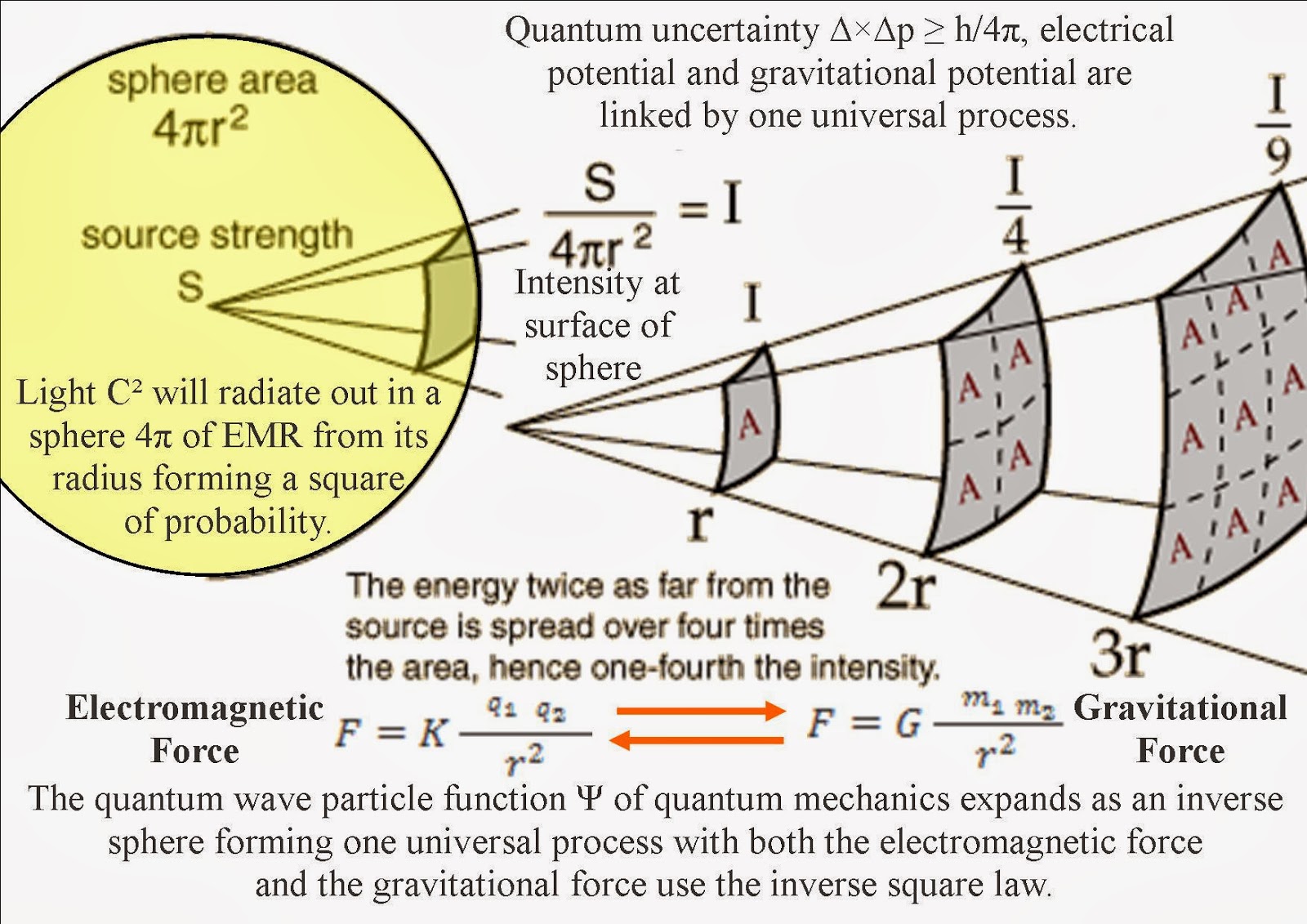

It tells us we accept the superpositions of possible states, coexisting before a measurement is made, as a pragmatic description of what we cannot know. This school of thought is sometimes unjustly called the “shut up and calculate approach” due to its insistence that we do not know what the wavefunction is, only what it does. Historically, the epistemic view goes back to the Copenhagen interpretation, the hodgepodge of ideas spearheaded by Niels Bohr and carried forward by his younger, powerhouse colleagues such as Werner Heisenberg, Wolfgang Pauli, Pascual Jordan, and many others. Note the importance in all this of measurements. To him, the wavefunction was never intended to be a real thing.) (The great physicist Freeman Dyson once told me that he considered the whole debate a huge waste of time. It simply represents potentialities - the possible outcomes of a measurement.

There is no need to attribute any kind of reality to the wavefunction.

In this view, measurements taken as objects and detectors interact and people read the results are the only way we can figure out what goes on at the quantum level, and the rules of quantum physics are fantastic at describing the results of these measurements. This way of thinking is sometimes called the epistemic interpretation, from the term epistemology in philosophy. Instead, they see a mathematical construct that allows us to make sense of what we find in experiments. In the other corner stand those who think that the wavefunction is not an element of reality. People who follow the ontic school would say that even though the wavefunction does not describe something palpable, like the particle’s position or its momentum, its absolute square represents the probability of measuring this or that physical property - the superpositions that it does describe are a part of reality.

This way of thinking is sometimes called the ontic interpretation, from the term ontology, which in philosophy means the stuff that makes up reality. In one corner stands those who think that the wavefunction is an element of reality, that it describes reality as it is. But in its most general form, the schools line up along two ways of thinking about reality, and they both depend on the protagonist of the quantum world: the famous wavefunction. (For more details, see The Island of Knowledge.) There are many schools of thought and many nuanced arguments. My goal is to give a flavor of what is at stake. The subject is vast, and I could not possibly do it justice here. States of thinking about the quantum worldĮven though quantum mechanics works, the debate about its nature is fierce. The issue is whether it describes physical reality as it is or whether it does not, and we need something more if we are to arrive at a deeper understanding of how nature operates in the world of the very small. So we are not debating whether quantum mechanics works or not, because we are well past that point. It describes the experiments incredibly well. It is important to stress that quantum mechanics works beautifully as a mathematical theory. The crucial question that still haunts or inspires physicists is this: Are such possible states real - is the particle really in a superposition of states - or is this way of thinking just a mathematical trick we invented to describe what we measure with our detectors? To take a stance on this question is to choose a certain way of interpreting quantum mechanics and our take on the world. When we measure many times their position or some other physical property, we will find it in one of such states with certain probabilities. Before we look at them, these objects exist in what we call a superposition of states, each state with an assigned probability. But such dualities are the norm for quantum objects like atoms or subatomic particles, or even larger ones like a cat. Nor do we think of a cat locked in a box as being both dead and alive before we open the box to check. They are where they are, in one place only, whether or not we know where that place is. We do not think of people or rocks being in more than one place at the same time until we look at them. The world of the very small is like nothing we see in our everyday lives.
Quantum mechanics and infinitesimals series#
This is the tenth and final article in a series exploring the birth of quantum physics.


 0 kommentar(er)
0 kommentar(er)
